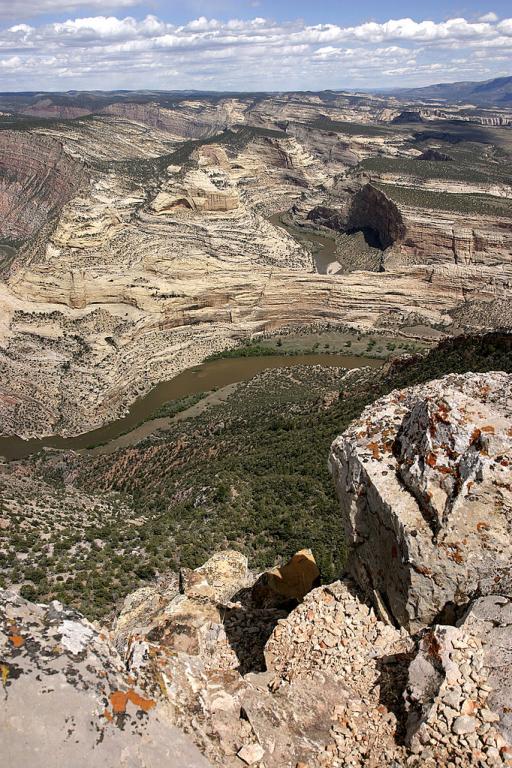
I’m happy to report that there is a Utah connection to this story:
“New Species of Tiny Tyrannosaur Foreshadows Rise of T. Rex”
Tiny is a relative term here. Personally, I’m quite content that none of these dainty little creatures live in my neighborhood. Their demise leaves me with no challengers for my role as the alpha predator in the region (essentially a punk and a bully, as my Malevolent Stalker recently described me), the meanest and most vicious person known to modern science.
Here’s another account of the discovery:
But even the fully evolved and considerably larger Tyrannosaurus Rex couldn’t survive what was coming his way:
“Did Huge Volcanic Eruptions Help Kill Off The Dinosaurs?”
Another take on the same story:
As a certified dinosaur — an outdated remnant of the “Old Guard” from FARMS and the Maxwell Institute, left cruelly behind by the relentless march of Progress — I pay serious attention to the fate of Tyrannosaurus Rex. I have a stake in such things. I feel a strong sense of kinship to him.
That’s why I insist on learning the lessons of the past. It’s why I have health insurance.
***
A new study that might prove useful in the location of habitable exoplanets and even, potentially, of inhabitable exoplanets:
***
What follows is an excerpt from William Evenson, “Evolution,” in Daniel Ludlow, et al., eds., Encyclopedia of Mormonism (New York: Macmillan, 1991). It’s important to note, however, that, although Professor Evenson is identified as the author, President Gordon B. Hinckley was closely involved with the writing of this particular article and approved every word of it. He was also the source for the 1931 First Presidency letter that the article cites:
The position of the Church on the origin of man was published by the First Presidency in 1909 and stated again by a different First Presidency in 1925:
The Church of Jesus Christ of Latter-day Saints, basing its belief on divine revelation, ancient and modern, declares man to be the direct and lineal offspring of Deity. . . . Man is the child of God, formed in the divine image and endowed with divine attributes (see Appendix, “Doctrinal Expositions of the First Presidency”).
The scriptures tell why man was created, but they do not tell how, though the Lord has promised that he will tell that when he comes again (D&C 101:32-33). In 1931, when there was intense discussion on the issue of organic evolution, the First Presidency of the Church, then consisting of Presidents Heber J. Grant, Anthony W. Ivins, and Charles W. Nibley, addressed all of the General Authorities of the Church on the matter, and concluded,
Upon the fundamental doctrines of the Church we are all agreed. Our mission is to bear the message of the restored gospel to the world. Leave geology, biology, archaeology, and anthropology, no one of which has to do with the salvation of the souls of mankind, to scientific research, while we magnify our calling in the realm of the Church. . . .
Upon one thing we should all be able to agree, namely, that Presidents Joseph F. Smith, John R. Winder, and Anthon H. Lund were right when they said: “Adam is the primal parent of our race.” [First Presidency Minutes, Apr. 7, 1931].
And, relating to President Hinckley, here’s an item from Larry A. Witham, Where Darwin Meets the Bible (New York: Oxford University Press, 2002, pg. 176-177]:
Few American theologies are more complex than that of the Church of Jesus Christ of Latter-day Saints, but its flagship Brigham Young University teaches off-the-shelf, industry-standard evolution. That has been the case since 1931, when the church officially said: “Leave biology, archaeology, and anthropology, no one of which has to do with the salvation of the souls of mankind, to scientific research.” . . . What the church requires is only belief “that Adam was the first man of what we would call the human race,” says Gordon Hinckley, the church’s living prophet. Scientists can speculate on the rest, he says, recalling his own study of anthropology and geology: “Studied all about it. Didn’t worry me then. Doesn’t worry me now.”
















